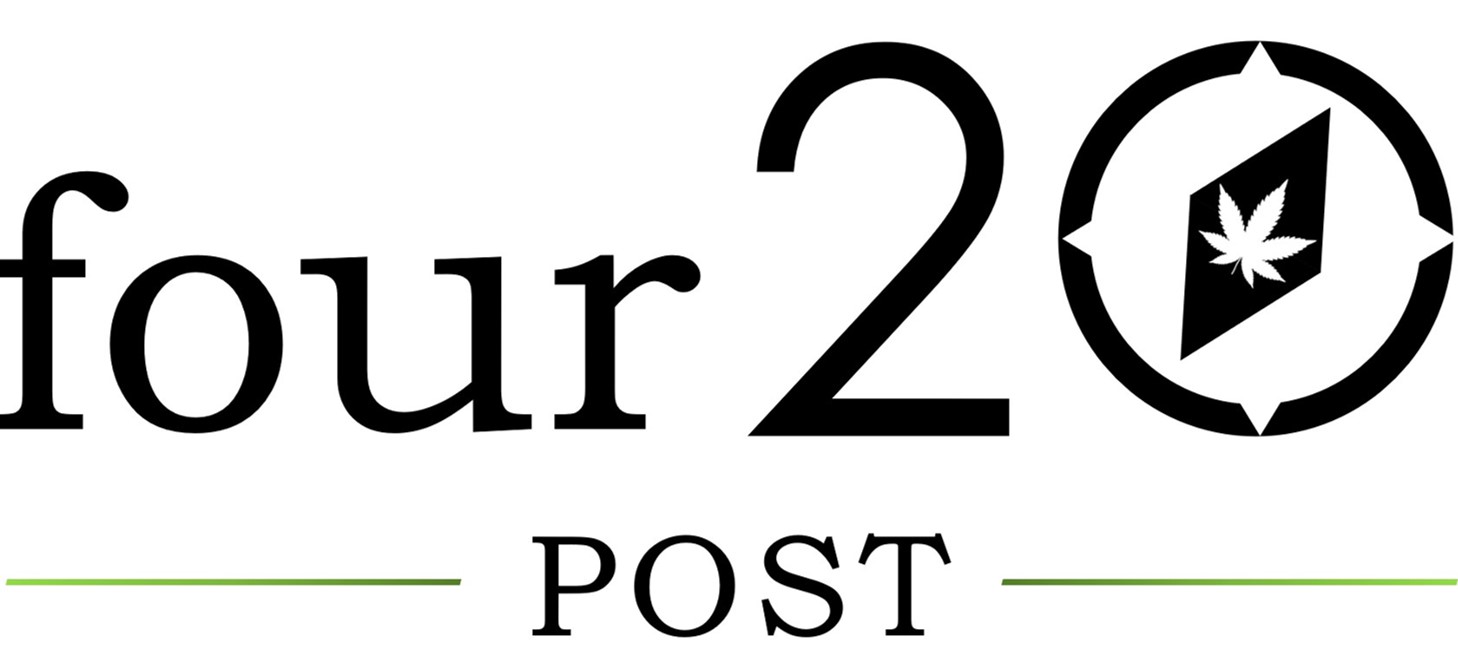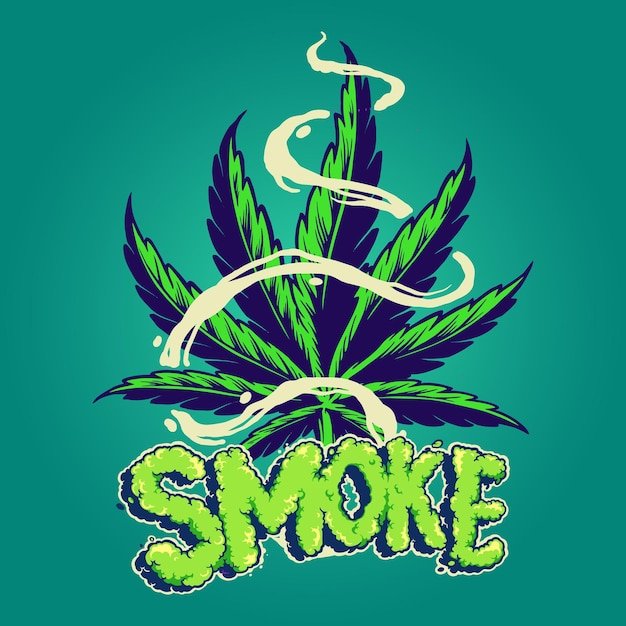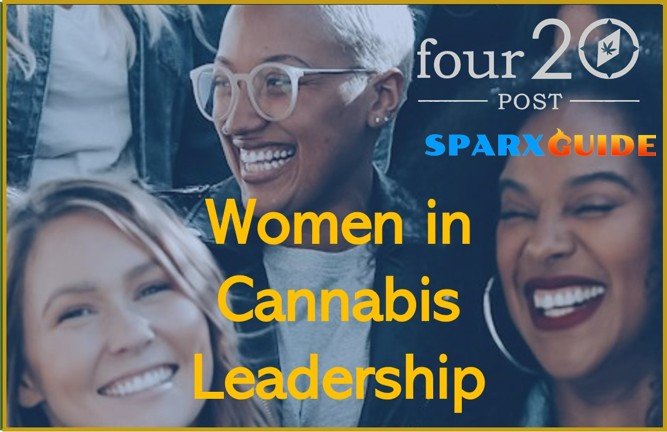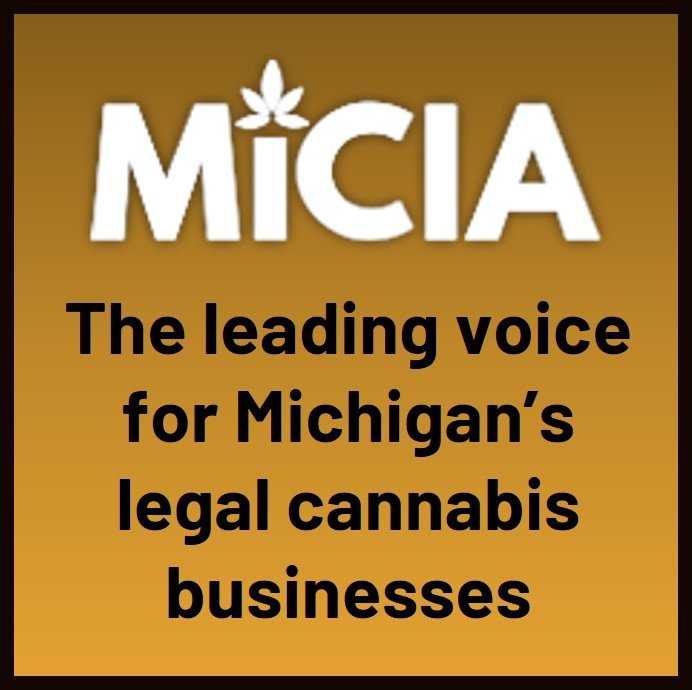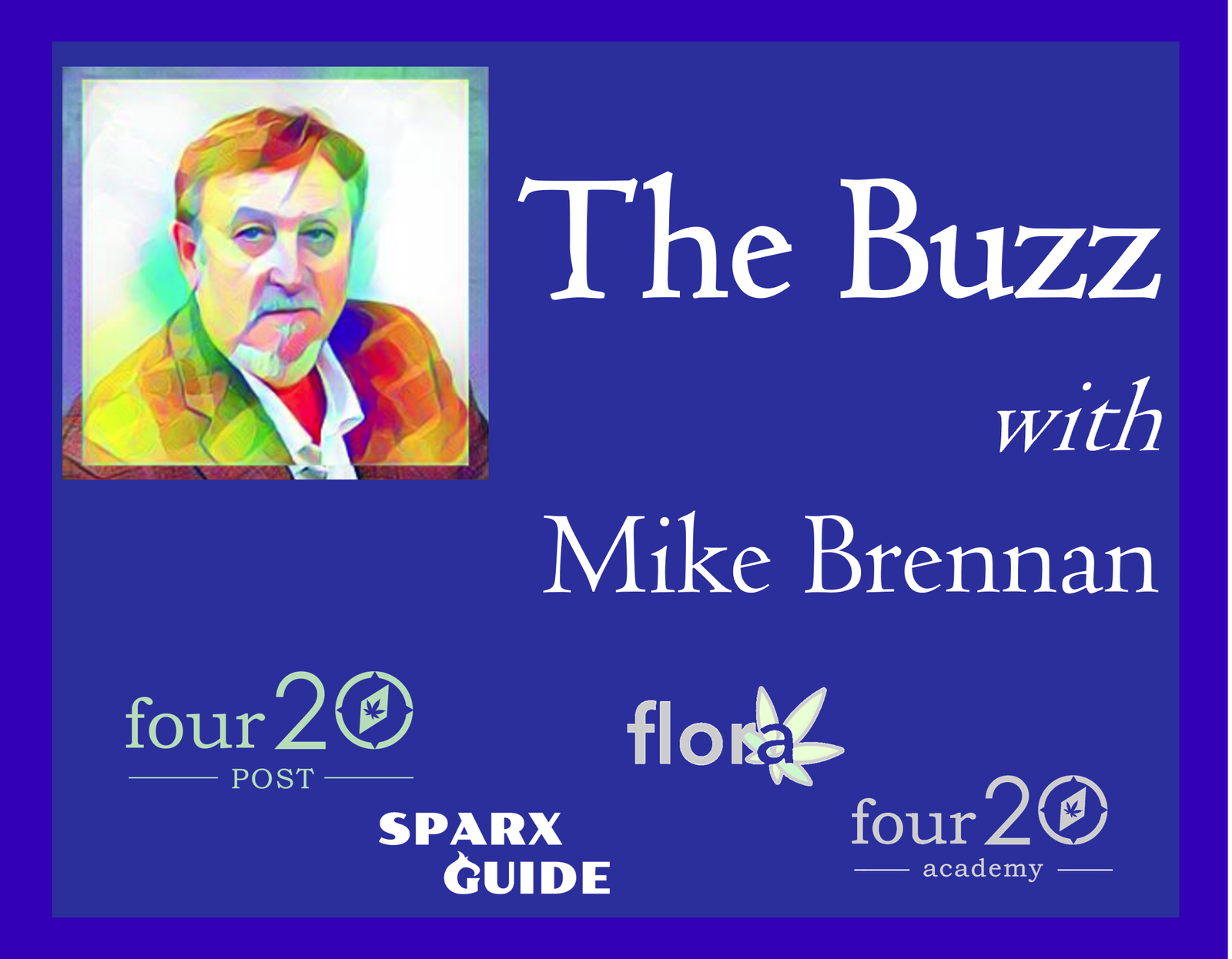At Torch Cannabis Co. in Central Lake, the motto is: “Life is too short to feel anything less than your personal best.” For CEO and Founder, Kelly “Green Girl” Young, this translates to a storefront full of full-spectrum cannabis and CBD products, ranging from infused edibles to live resins, oils, and beyond.
But what if, instead of whole-plant products, your favorite cannabinoid gummies or vape distillates were made from chemicals synthesized in a lab, and you were none the wiser?
“Recently, we’ve noticed an alarming trend: fake weed is increasingly being sold in local dispensaries without proper oversight,” Young says, a practice that not only poses risks to patrons, but also threatens the regional market by disenfranchising local growers.
But how can consumers know what they’re getting is the real deal?
Plant Science
By definition, synthetic weed refers to human-made chemicals that imitate the active compound in marijuana, or THC—specifically, Delta-9 THCA, aka Tetrahydrocannabolic Acid. It’s found naturally in the flower’s resin (there’s an enzyme in the plant that makes it), and when it interacts with our bodies’ homeostatic regulatory systems, it works as an activator to produce that classic “high.”
Of course, once scientists discovered that THC had a physiological effect, they started developing drugs to study and mimic it. Per Dr. Codi Peterson, Chief Science Officer at The Cannigma and board member of Americans for Safe Access (ASA), this effort first started gaining traction back in the 1980s, in large part for commercialization and research.
It was then, in laboratories and test tubes, that synthetic cannabinoids first materialized. (“For research,” Peterson emphasizes). By the late 1990s, though, California had legalized medical cannabis, which is when we start to see the first traces of synthetics entering the consumer space. Early designer terms were K2 or “Spice,” and those synthetics are now illegal in Michigan.
Fast-forward to the Agricultural Improvement Act of 2018 (aka, the 2018 Farm Bill), which legalized hemp and everything derived from it—including cannabinoids, extracts, and isomers, along with a handful of other substances—so long as they contained no more than 0.3 percent Delta-9 THC.
Anything more potent than that fell into a separate “marijuana” class and required checking legal boxes like licensure and tracking compliance to sell.
But this legislation created a loophole for crafty consumers, who quickly set about finding other ways to enjoy weed’s psychoactive potential. One of these was Delta-8 THC, an isomer of Delta-9 (it’s identical aside from one double-bond). Another was growing hemp legally under the bill and extracting THC from CBD.
“People said, ‘oh, I can sell this thing that still gets people high, and I can sell it in any old gas station or smoke shop because it falls within this carve-out.’ Now, we’ve made a new THC that’s entering the market,” Peterson says.
Read more at Northern Express
